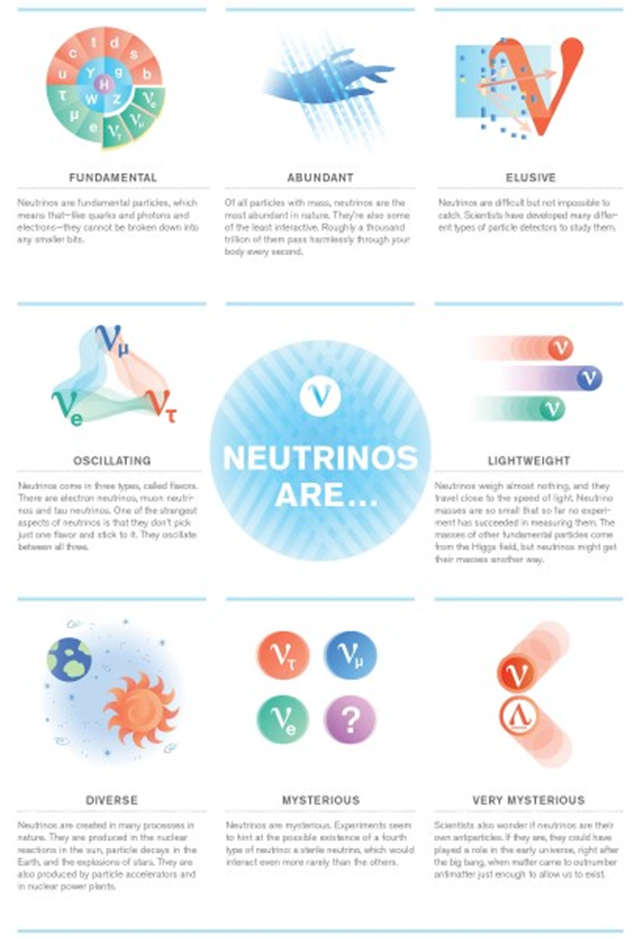General Studies- III (Awareness in the fields of Space)
Editorials In-Depth
03 April 2021
Recently, Russian scientists has launched one of the world’s biggest underwater neutrino telescopes called the Baikal-GVD (Gigaton Volume Detector) in the waters of Lake Baikail, the world’s deepest lake situated in Siberia.
About Baikal-GVD:
The Baikal deep underwater neutrino telescope (or Baikal-GVD – Gigaton Volume Detector) is an international project in the field of astroparticle physics and neutrino astronomy.
- The construction of Baikal-GVD is motivated by its discovery potential in astrophysics, cosmology and particle physics.
- Its primary goal is the detailed study the flux of high-energy cosmic neutrinos and the search for their sources.
- Baikal-GVD will also search for dark matter candidates, for neutrinos from the decay of super heavy particles, for magnetic monopoles and other exotic particles.
- It will also be a platform for environmental studies in Lake Baikal.
Baikal-GVD Collaboration:
- The Baikal-GVD Collaboration includes 9 institutions and organizations from 4 countries.
- The telescope is one of the three largest neutrino detectors in the world along with IceCube at the South Pole and ANTARES in the Mediterranean Sea.

What are fundamental particles?
So far, the understanding is that the universe is made of some fundamental particles that are indivisible.
- Broadly, particles of matter that scientists know about as of now can be classified into quarks and leptons. But this only applies to “normal matter” or the matter that scientists know that five per cent of the universe is made up of.
- But in the universe scientists know about, exploration in the field of physics so far has led to the discovery of over 12 such quarks and leptons, but three of these (protons, neutrons and electrons) is what everything in the world is made up of.
- Protons (carry a positive charge) and neutrons (no charge) are types of quarks, whereas electrons (carry a negative charge) are types of leptons.
- These three particles make what is referred to as the building block of life– the atom.
In different combinations, these particles can make different kinds of atoms, which in turn make up molecules that form everything– from a human being, to a wooden chair, a plastic plate, a mobile phone, a dog, a termite, a mountain, a planet, water, soil and so on.
Why do scientists study fundamental particles?
Studying what humans and everything around them is made up of gives scientists a window into understanding the universe a better way.
- This is one reason why scientists are so keen on studying neutrinos (not the same as neutrons), which are also a type of fundamental particle.
- Fundamental means that neutrinos, like electrons, protons and neutrons cannot be broken down further into smaller particles.
What Are Neutrinos?
A neutrino is a subatomic particle that is very similar to an electron, but has no electrical charge and a very small mass, which might even be zero.
- Neutrinos are one of the most abundant particles in the universe.
- Because they have very little interaction with matter, however, they are incredibly difficult to detect.
- Nuclear forces treat electrons and neutrinos identically; neither participate in the strong nuclear force, but both participate equally in the weak nuclear force.

So where do neutrinos fit in?
Neutrinos are abundant in nature, with about a thousand trillion of them passing through a human body every second.
- In fact, they are the second most abundant particles, after photons, which are particles of light.
- But while neutrinos are abundant, they are not easy to catch, this is because they do not carry a charge, as a result of which they do not interact with matter.
- Neutrinos are “a clue to new physics: ways of describing the world that we don’t know yet. They also might have unique properties that would help explain why the universe is made of matter instead of antimatter.”
Detecting of neutrinos:
One way of detecting neutrinos is in water or ice, where neutrinos leave a flash of light or a line of bubbles when they interact.
- To capture these signs, scientists have to build large detectors.
- An underwater telescope such as the GVD is designed to detect high-energy neutrinos that may have come from the Earth’s core, or could have been produced during nuclear reactions in the Sun.
Source: The Hindu





